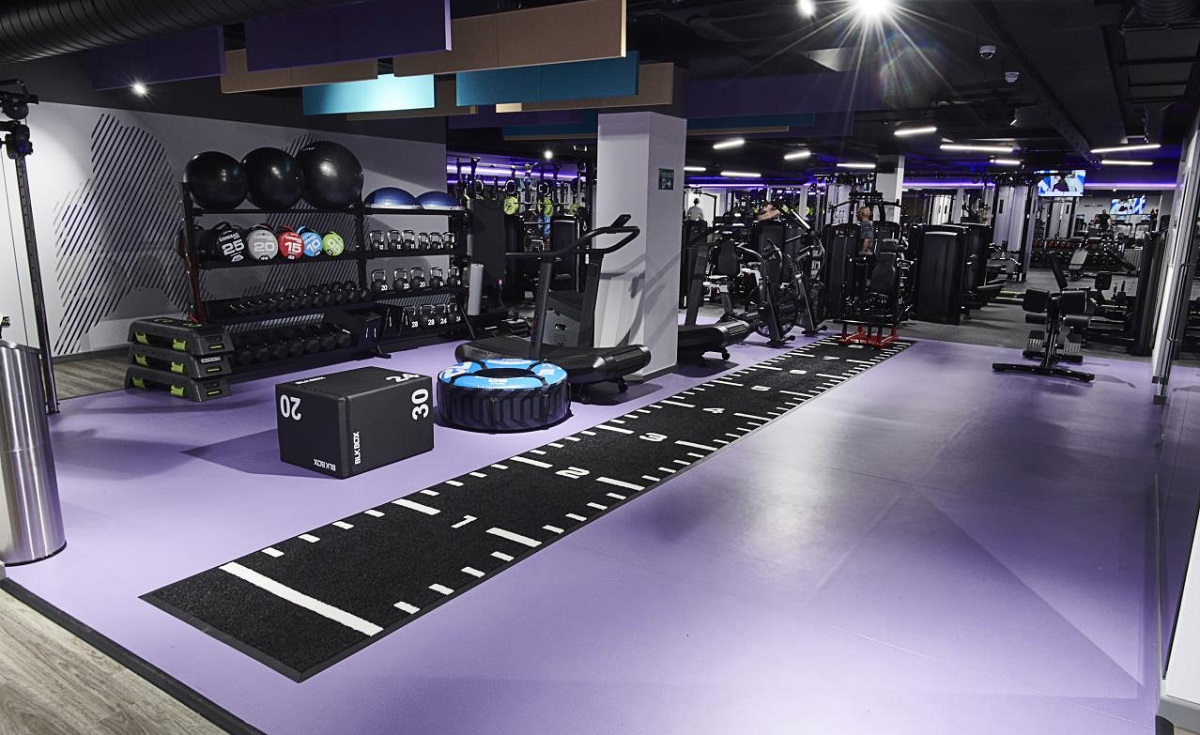

Currently being tested by Wazoku, Sanlam, Wilson Wright and other professional service firms, InsideOut is changing the way mental health care is provided in the workplace by providing on-demand tools and diagnostics that match employees with personalized content and therapists and coaches in an app that uses video calls to enable employees to access therapy anywhere, anytime, any place. Stembridge identified the need for better access to support services and improved culture and attitudes towards mental health in the workplace. Founded by Laura Stembridge in early 2018 after experiencing her own battles with poor mental health in the workplace. Similarly, InsideOut25 is focused on mental health. Laura Stembridge, Founder of InsideOut25 InsideOut25 In addition, Exubrancy works with clients to design, build, and staff wellness spaces like fitness centers and relaxation rooms for their offices. These often include a blend of on-site fitness classes, meditation session, chair massage sessions, and special events like rescue puppy visits, pop-up smoothie bars, and Beyonce dance classes. Exubrancy works with corporate leaders to tailor wellness programs that fit the needs of their culture – there is no one size fits all corporate wellness Wilkes believes. Exubrancy was founded in 2013 out of the Columbia University Startup Lab by Liz Wilkes, a serial entrepreneur, and was acquired by Tishman Speyer in 2017. Headquartered in New York, Exubrancy, an on-site wellness with more than 500 US and UK-based corporate clients, dispatches an extensive network of accredited wellness professionals to lead weekly on-site programming for employees. Here are some of the innovators approaching corporate wellbeing from different perspectives to watch out for: So who are some of these key players, and what are their insights on the industry’s recent growth? Now, in 2019, corporate wellness startups and more established players are pushing the market forward, offering increased efficiency and customization for forward-thinking companies looking to scale corporate wellness programming. With plenty of room for innovation and a general acceleration of the amenitization of the modern workplace, the industry has seen a major growth spurt over the past five years. Many corporate wellbeing programs are not thought through, they are not front and center and are reaching employees too late in their wellbeing cycle. She added that well-planned programs implemented after careful consideration with specific outcomes always return on any investment made. Zoe Eccleston, founder of TheWellbeingBusiness and corporate wellness industry veteran who has advised large corporates from British Gas, PepsiCo, Bloomberg and many more explains that herein lies the problem. A recent report by German psychologist Sabine Sonnentag showed that wellness programs boost productivity, reduce stress, and increase employee engagement and communication.Īn abundance of research suggests that when incorporated correctly, bringing fitness and mindfulness practices into the workweek provide a myriad of benefits for employers and employees alike.

In the UK, it is estimated that only 45% of companies currently offer workplace wellness schemes however this is on the rise with a recent report suggesting that the average number of annual working days per staff member lost to absenteeism or presenteeism has risen from 23 to 30 thus encouraging more companies to invest in wellness.Ī report from Harvard Business School found that for American-based companies, their medical expenses fell by $3.27 for every dollar spent on wellness programs, and that employee absenteeism expenses fell by $2.73. Department of Health and Human Services and produced by The RAND Corporation found that over 80% of companies in the US with over fifty employees offered some sort of corporate wellness benefit. Since then corporate wellness programs have become the norm for many US-based companies (with more then 50 employees).


 0 kommentar(er)
0 kommentar(er)
